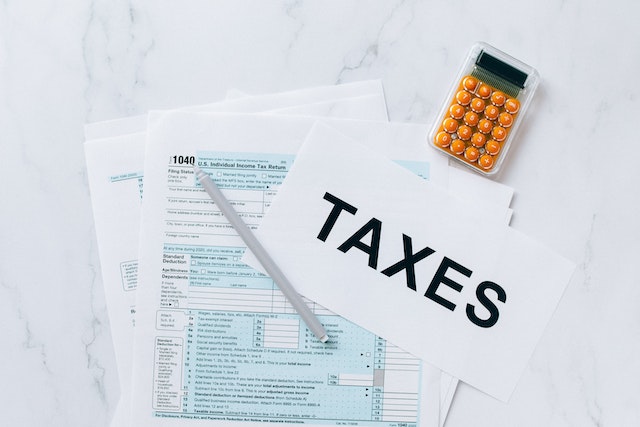An individual who is self-employed, who has their own business, must pay self-employment tax. So, what is the amount of self employment tax? The amount of this tax is 15.3% of your gross income. 12.4% of this amount is paid to Social Security, while 2.9% is paid to Medicare (the sum). Payroll taxes and self-employment taxes are very different from one another because employees and their employers often share in this expense. However, independent contractors or small business owners are in charge of covering both costs.
Table of Contents
What is the self-employment tax rate for me?
Self-employment tax may be applied to self-employed individuals who make $400 or more. It still applies even if the money was received in cash and no 1099 tax form was provided.
How much SE tax can you pay?
The self-employment tax rate in 2022 will be 15.3%. It means that if your business revenue, including wages and profits from your own business, exceeds $147,000, a total of 15.3% in taxes will be charged. The Social Security tax is no longer levied beyond this point because the wage base cap of $147,000 has been achieved; nevertheless, only up to this level will apply. In contrast, Medicare is available to anyone, regardless of income.
Married couples filing jointly or separately who make more than $250,000 per year are required to pay an additional 0.9% Medicare tax on their payments above the cap.
If they make over $125,000, married couples filing separately must pay an additional 0.9% Medicare tax.
Figuring out your SE tax
The first stage in self-employment taxes is to calculate your net profits. Net earnings are calculated as gross income minus operating costs. Social Security and Medicare taxes must be paid by a self-employed person with net earnings of $142,800 or more (self-employment taxes). The Simplified Method or Actual Earnings Method are the two optional techniques on IRS Schedule SE that taxpayers may choose to use when completing Form 1040 if they only have a little amount of revenue from their own business. Under these provisions of their federal tax return, anyone making less than $147K is not subject to taxation until 2022. You should use either technique if you experienced losses or only a slight decrease in your overall revenue from trading as an independent contractor this past year. You can use a tax estimator to help calculate how much you might owe.
If this is the case for you, making quarterly payments in advance will assist reduce the penalties associated with paying taxes on time or delaying taking action until it is too late. So long as holdings and refundable credits are taken into account, you can pay your estimated taxes quarterly if your income is over $1,000. There won’t be a penalty if withholding and refundable credits only cover a portion of the taxes that are owed this year—less than 90%.
The SE deductions
You can subtract half of your self-employment tax from your income taxes in order to determine how much is deductible. However, if $2,000 in self-employed tax was owed throughout the course of the year, only $1,000 would be deducted on Form 1040 at the time of filing.
Payout schedules
These dates change if they fall on a weekend or a holiday. Estimated payment due dates include April 15, June 15, September 15, or January of the following year. Utilizing page 8 of Form 1040 ES, self-employed taxpayers can calculate their own employment tax by dividing the amount by four to ensure that there are equal installments made each quarter as mentioned above. Additionally, it is included when mailing your payment, which simplifies the process of using IRS Direct Pay to make payments online (a stamp). For quick services for online filing, utilize the Flyfin approximated tax calculator.
Important tax forms for self-employed
The tax forms can seem endless but only a few to keep in mind when filing your taxes. The Form 1040 is the standard tax form that gets filed by everyone, annually. The 1099 MISC is used to report any miscellaneous income you might have received from an award, as a prize or for attorney fees. The 1099-NEC form is used if you made $600 or more as an independent contractor. The person that hired you, will submit the record of the payment (using the form) to the IRS and you should receive a copy too. If you made or received any payments using a third-party payment processing platform, like Paypal or Venmo, the transactions get sent to the IRS using Form 1099-K. A 1099 tax calculator might help clear out how much you might owe.
In conclusion, it is your job to understand how to pay taxes on your income if you start a self-employed firm. Trying to calculate and file them can be difficult enough. Why not ask for assistance with that? For help figuring out how much self-employment tax to pay based on your income, use Flyfin’s tax calculator or read on to find out more about how to pay the right amount.


